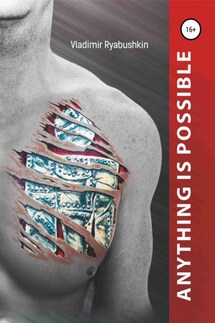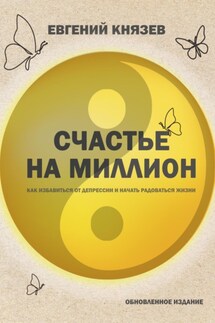Anything is possible - страница 3
Fig. 5. Cadence sensor
RUNNING TRAINING PLAN
If you are not a former professional athlete and have never run more than 10 km in your life, and there is not much time to prepare for the competition, but you actually want to run a marathon, it is advisable, as I do, to make a running plan for yourself. It is made based on several parameters. It is necessary to know your speed in aerobic and anaerobic modes, the ratio of speed and heart rate, time required for recovery, your general condition and heart rate at different distances, the condition of your legs. It is clear that it is necessary to make training runs, during which the necessary data is collected.
The essence of the technique is to divide the marathon distance into shorter sections. It can be divided into either time or distance sections, as you see fit. Running sections alternate with walking sections. The length of these segments and their
It is necessary to know your speed in aerobic and anaerobic modes, the ratio
of speed and heart rate, time required for recovery, your general condition and heart rate at different distances, the condition of your legs.
combination depends on the individual parameters of each. The scheme also depends on the planned time within which you want to run the marathon.
Ideally, it is a good idea to test the scheme you have made up for yourself in a training run. This can be done at a shorter distance as well, you don’t have to run all 42 km.
It is important to feel comfortable on the distance: running sections should not get you exhausted, and walking sections should be long enough for you to recover.
It is important to feel comfortable on the distance: running sections should not get
you exhausted, and walking sections should be long enough for you to recover.
This may look like this: 10 km running;
1 km walking;
10 km running;
1 km walking;
10 km running;
1 km walking;
9 km running; Total: 42 km.
In total, you are running for 39 km and walking for 3 km. If your running time for 1 km is about 5 minutes 40 seconds, then you will run every 10 km in 56 minutes 40 seconds. The total running time will be 3 hours and 41 minutes. At walking pace of about 9 minutes 40 seconds per 1 kilometer, the total walking time will be 29 minutes. We add up everything and get the total marathon time: 4 hours and 10 minutes. It means 5 minutes 56 seconds per kilometer on average. If you can run 10 km, and 10 minutes of walking is enough for rest and recovery, then you
can say with certainty: you are able to complete the marathon distance, and in a very good time.
I describe this scheme just for clarity, you do not need to stick to it, everyone must find their own. There is an infinite number of variations. The main thing is that if you have decided to run according to the scheme, do not deviate from it.
I’ll warn you right away: you’ll be tempted to run out of the plan. This desire is especially strong at the beginning of the marathon, when you are still fresh, full of strength and energy. Other runners are dashing ahead, the crowd of fans welcomes you and encourages you to keep running without rest. It will seem that you should not waste time on walking, it is quite possible to save time by running not 10 km, but 20 km.
Make no mistake, force yourself to stop and stick to the plan. Otherwise, you're going to have a very tough challenge after 30 kilometers.






